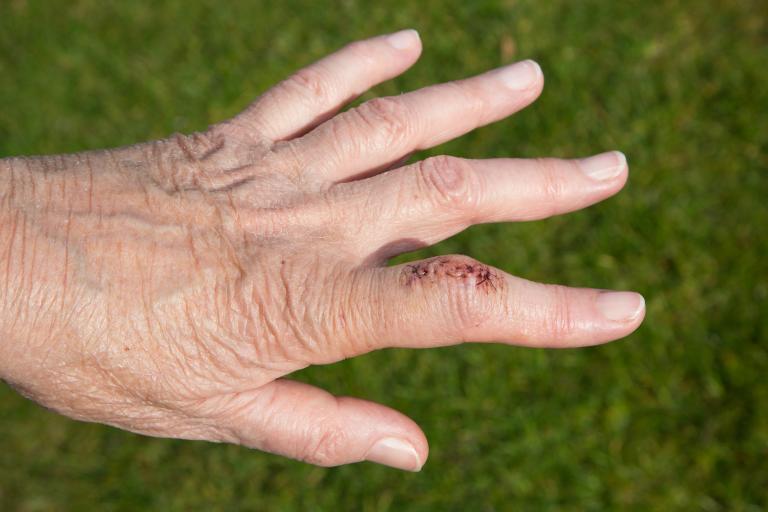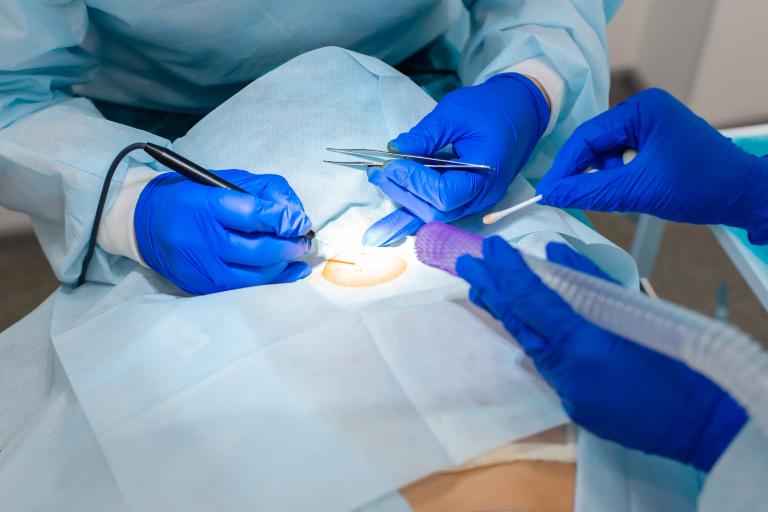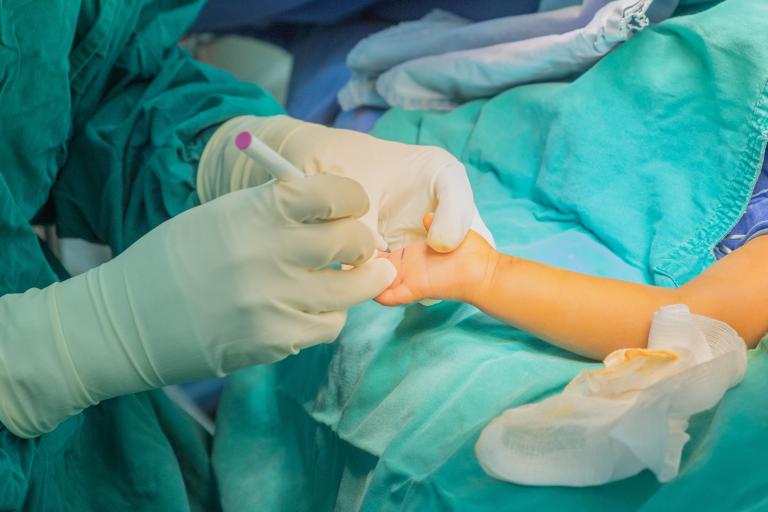Recovery and Rehabilitation
What can I expect after my ganglion hand operation?
Your incision will be closed with dissolving sutures in most cases. Your hand will then be dressed with heavy dressing which you will need to keep dry.
You can go home the same day, but you will need someone to collect you from the hospital.
To assist the healing process it’s important not to lift anything with your operated hand in the first two weeks, no matter how small the object. This means you may have to take at least two weeks off work if your job requires any kind of lifting.
After two weeks you can increase activity, but still no heavy lifting for a total of six weeks. Manual workers may have to have up to six weeks off work after this type of hand surgery. You will be eligible for a medical certificate.
We will usually review your wound in the first 1-2 weeks, but this can be done by your GP if it is more convenient. Then, six weeks post-surgery you will have an appointment with your surgeon to assess the function of your hand or fingers.
